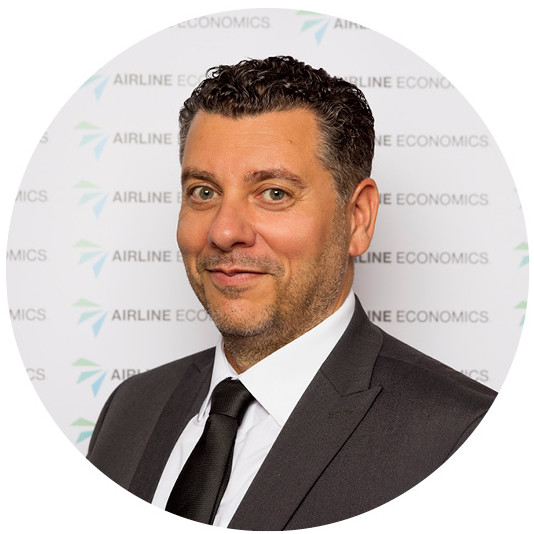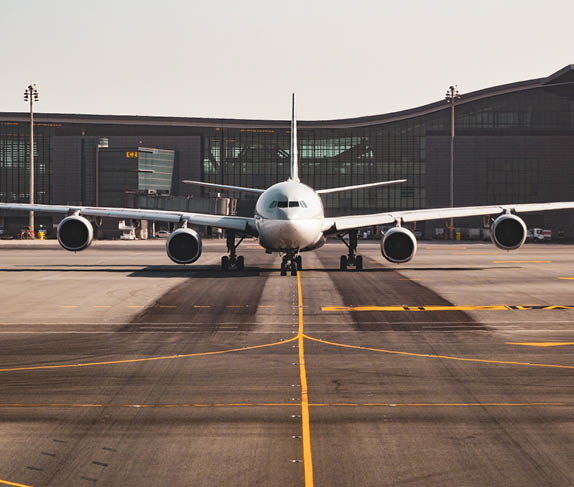The Emirates Group has reported group revenue of AED 24.7 billion (US$ 6.7 billion) for the first six months of its fiscal year 2021-22, up 81% from AED 13.7 billion (US$ 3.7 billion) during the same period last year. The group says that the strong revenue recovery was underpinned by the easing of travel restrictions worldwide and the corresponding increase in demand for air transport as countries progressed their COVID-19 vaccination programmes.
The Group is reporting a 2021-22 half-year net loss of AED 5.7 billion (US$ 1.6 billion), substantially improved from its AED 14.1 billion (US$ 3.8 billion) loss for the same period last year.
The Group also reported an EBITDA of AED 5.6 billion (US$ 1.5 billion), a dramatic turnaround from a negative AED 43 million (US$ 12 million) EBITDA during the same period last year.
The Group continued to maintain a healthy cash position which stood at AED 18.8 billion (US$ 5.1 billion) on 30 September 2021, compared to AED 19.8 billion (US$ 5.4 billion) as on 31 March 2021.
Sheikh Ahmed bin Saeed Al Maktoum, Chairman and Chief Executive, Emirates Airline and Group said: “As we began our 2021-22 financial year, COVID-19 vaccination programmes were being rolled out at unprecedented scale around the world. Across the Group, we saw operations and demand pick up as countries started to ease travel restrictions. This momentum accelerated over the summer and continues to grow steadily into the winter season and beyond.
“Our cargo transport and handling businesses continued to perform strongly, providing the bedrock upon which we were able to quickly reinstate passenger services. While there’s still some way to go before we restore our operations to pre-pandemic levels and return to profitability, we are well on the recovery path with healthy revenue and a solid cash balance at the end of our first half of 2021-22.
The Emirates Group states that it has been able to tap on its own strong cash reserves, and access funding through its owner and the broader financial community to support its business needs through the unprecedented challenges wrought on the aviation and travel industry by COVID-19. In the first half of 2021-22, its owner further injected AED 2.5 billion (US$ 681 million) into Emirates by way of an equity investment and Emirates says that they continue to support the airline on its recovery path.
The Emirates Group’s employee base, compared to 31 March 2021, dropped marginally by 2% to an overall count of 73,571 at 30 September 2021. In line with the expected ramp up in capacity and business activities in the coming months, Emirates and dnata have embarked on targeted recruitment drives to support its requirements, prioritising the rehiring of employees previously on furlough or made redundant.
During the first six months of 2021-22, Emirates took delivery of two new A380s and retired two older aircraft from its fleet as part of its long-standing strategy to improve overall efficiency, minimise its emissions footprint, and provide high quality customer experiences.
In July, Emirates launched services to Miami, a new destination, and during the first half of 2021-22, Emirates also activated codeshare and interline partnerships with Airlink, Aeromar, Azul, Cemair and South African Airways to expand connectivity options for customers.
By 30 September, the airline was operating passenger and cargo services to 139 airports, utilising its entire Boeing 777 fleet and 37 A380s.
Overall capacity during the first six months of the year increased by 66% to 16.3 billion Available Tonne Kilometres (ATKM) due to a substantially expanded flight programme as more countries eased travel and flight restrictions. Capacity measured in Available Seat Kilometres (ASKM), more than tripled by 250%, whilst passenger traffic carried measured in Revenue Passenger Kilometres (RPKM) was up by 335% with average Passenger Seat Factor recovering to 47.9%, compared with last year’s pandemic figure of 38.6%.
Emirates carried 6.1 million passengers between 1 April and 30 September 2021, up 319% from the same period last year. The volume of cargo uplifted at 1.1 million tonnes has increased by 39%, which brings the business back to 90% of pre-pandemic (2019) levels by volume handled. This shows Emirates Skycargo’s outstanding agility and ability to meet the requirements of its customers whether it be for the transport of vaccines and pharmaceuticals, essential goods like food and perishables, or champion horses and high performance cars.
In the first half of 2021-22, Emirates Skycargo boosted its pharma cool chain handling infrastructure with the addition of 94 cool room pallet positions to its existing EU GDP compliant infrastructure at Dubai airport. Emirates Skycargo continues to support the global roll-out of COVID-19 vaccines, having carried over 150 million doses through its Dubai hub by July 2021.
In the first half of the 2021-22 financial year, Emirates loss was AED 5.8 billion (US$ 1.6 billion), compared to last year’s loss of AED 12.6 billion (US$ 3.4 billion). Emirates revenue, including other operating income, of AED 21.7 billion (US$ 5.9 billion) was up 86% compared with the AED 11.7 billion (US$ 3.2 billion) recorded during the same period last year.
Emirates operating costs increased by 22% against an overall capacity growth of 66%. Fuel costs more than doubled compared to the same period last year. This was primarily due to an 81% higher fuel uplift in line with substantially increased flight operations during the six-month period up to end of September, and also an increase in average oil prices. Fuel, which was the largest component of the airline’s operating cost in pre-pandemic reporting cycles, accounted for 20% of operating costs compared to only 11% in the first six months of last year.
Driven by the significant increase in operations during the six months, Emirates’ EBITDA recovered to AED 5.0 billion (US$ 1.4 billion) compared to AED 290 million (US$ 79 million) for the same period last year.

